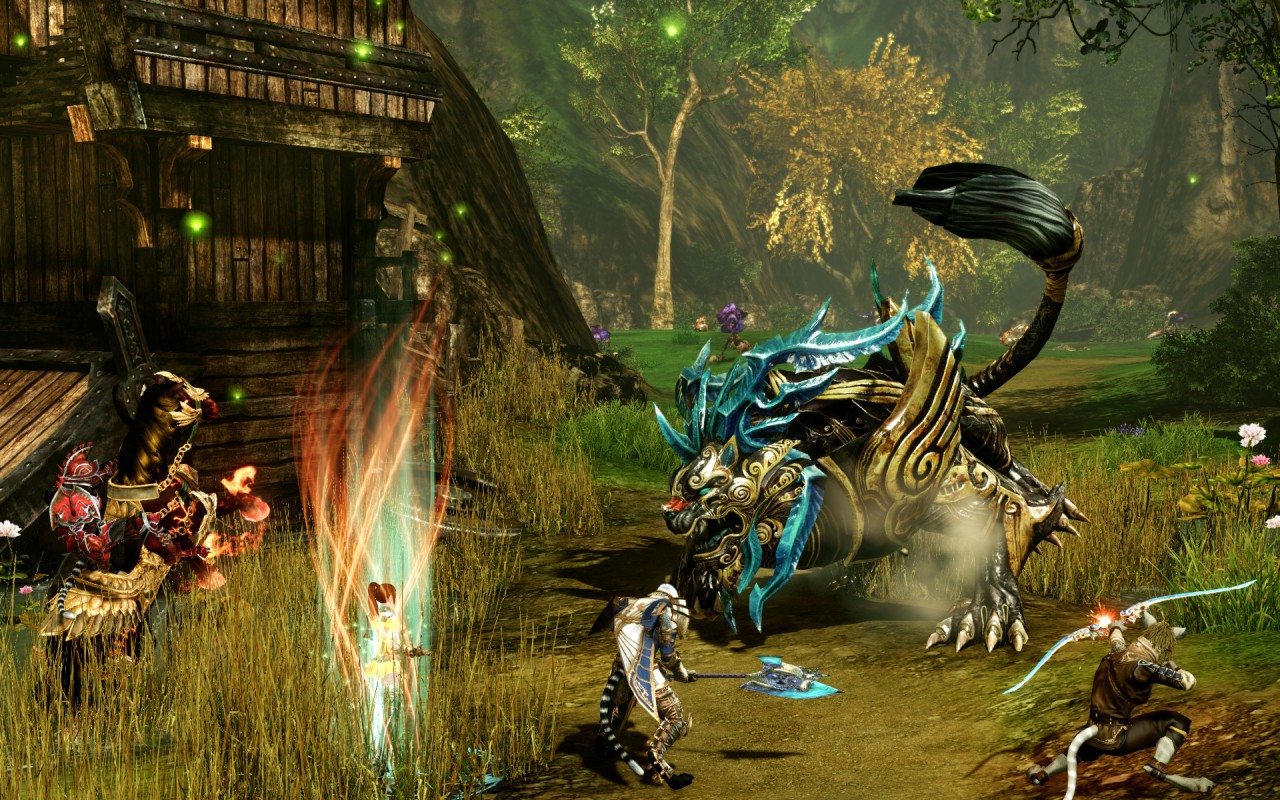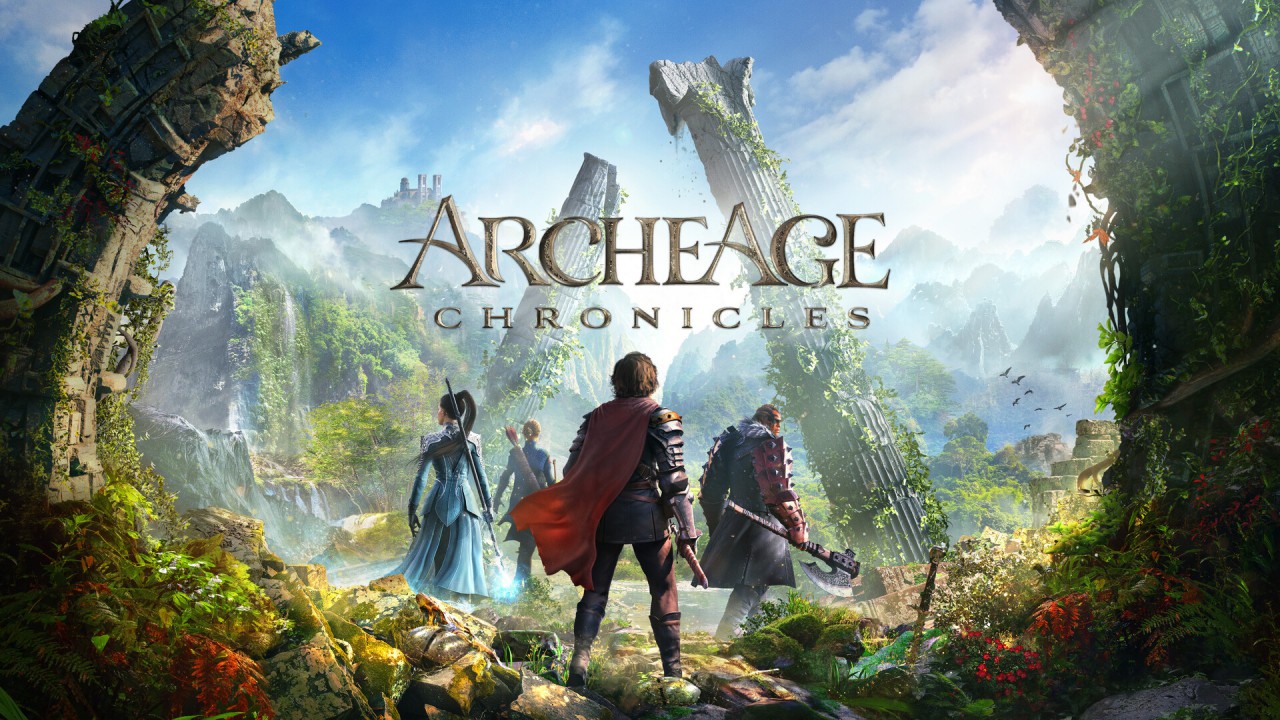The Economic Ecosystem and Player-Driven Trade in ArcheAge
ArcheAge distinguishes itself from other MMORPGs through a remarkably deep and fully player-driven economic system that extends far beyond basic vendor exchanges or auction house transactions. The game's economy is intricately designed, relying on the actions of real players to fuel production, trade, and consumption across a massive, open world. This complex ecosystem begins with resource gathering—players can farm, mine, fish, and harvest materials that are essential for crafting. What sets ArcheAge apart is that virtually every item of value in the game is either harvested or created by players. From building ships and houses to producing food and weapons, the economy mirrors a functioning society where supply chains must be managed, and market trends must be monitored to thrive. Resources are limited by time, geography, and even competition from other players, making the act of gathering itself a strategic choice. For example, some herbs only grow in specific regions, while mining hotspots are contested areas where players often fight over access.

ArcheAge distinguishes itself from other MMORPGs through a remarkably deep and fully player-driven economic system that extends far beyond basic vendor exchanges or auction house transactions. The game's economy is intricately designed, relying on the actions of real players to fuel production, trade, and consumption across a massive, open world. This complex ecosystem begins with resource gathering—players can farm, mine, fish, and harvest materials that are essential for crafting. What sets ArcheAge apart is that virtually every item of value in the game is either harvested or created by players. From building ships and houses to producing food and weapons, the economy mirrors a functioning society where supply chains must be managed, and market trends must be monitored to thrive. Resources are limited by time, geography, and even competition from other players, making the act of gathering itself a strategic choice. For example, some herbs only grow in specific regions, while mining hotspots are contested areas where players often fight over access.

 100
Play
100
Play
ArcheAge’s economy is also intricately tied to its real estate and land ownership systems, which add a further dimension of strategy, conflict, and sustainability. In the world of ArcheAge, land is not infinite, and owning property is a significant milestone that directly impacts a player’s ability to produce and profit. Players can claim land by placing farms, houses, or industrial buildings in designated zones, and this land becomes a vital base for production. These plots are used to grow crops, raise livestock, or place workbenches and warehouses that streamline crafting operations. Because of the limited nature of land and the costs associated with maintaining it—such as taxes and upkeep—property becomes both a valuable commodity and a strategic asset. Players must pay taxes using in-game labor and currency, and failure to do so results in the loss of their property, opening it up to other claimants. This system encourages active play and adds a maintenance component to economic activity, requiring players to plan and manage resources carefully.


